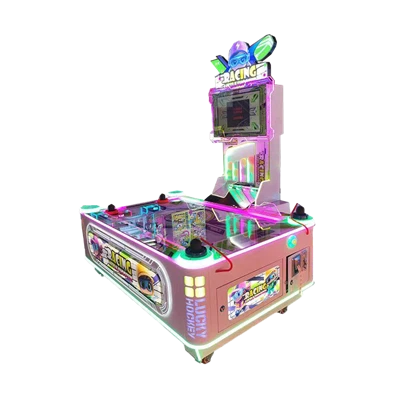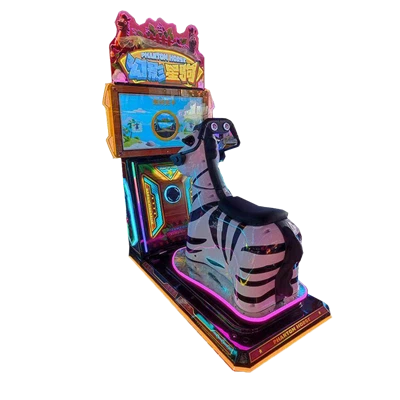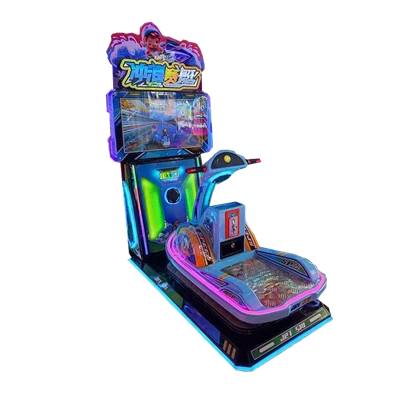coin pusher profitability is a practical metric every FEC or arcade operator must master. This guide answers "How much can a coin pusher earn?" with a realistic monthly P&L template (USD/EUR), supplier & operating cost notes, and a three-scenario sensitivity analysis operators can reuse.
What is a coin pusher profitability baseline? (Quick answer)
Coin pusher revenue depends on location, pricing, payout rate, and machine visibility. Industry operators generally report wide variance - from $200–$2,500 gross/month per unit depending on placement and machine type. Conservative planning assumes modest play rates and a 30–40% payout/award cost. (See operator forums and industry summaries for ranges.)
How to read the monthly P&L template (USD and EUR examples)
Below is a simple per-machine monthly P&L you can copy into a spreadsheet. Numbers are illustrative - replace with your local pricing, electricity rates, and rent.
Baseline monthly P&L (example - USD / EUR)
- Gross plays: 2,000 plays × $0.50 = $1,000 (EUR example: 2,000 × €0.45 = €900)
- Cost of payouts (tickets/prizes converted): 35% → -$350 (EUR: -€315)
- Net gaming revenue: $650 (EUR: €585)
- Electricity & consumables: -$40 (LEDs, ball replacement, bulbs) (EUR: -€36)
- Maintenance & parts amortized: -$60 (rubbers, motors amortized monthly) (EUR: -€54)
- Rent allocation (per machine): -$250 (mall front location) (EUR: -€225)
- Payment fees/handling/insurance: -$20 (EUR: -€18)
Net monthly profit: $280 (EUR: €252)
Note: Lower rent or higher plays scale profits quickly; high-rent, low-traffic sites can flip this to a loss.
Three-scenario sensitivity analysis (what changes profit most?)
- Best case (high footfall): 4,000 plays × $0.50 → Gross $2,000; profit roughly $1,280 (after same cost structure)
- Baseline (moderate): 2,000 plays → profit $280 (as above)
- Worst case (low traffic / high rent): 800 plays → Gross $400; after costs result negative (loss ≈ $-120)
Main levers: plays/day, price-per-play, and payout percentage. Increasing average spend per play by $0.10 or reducing payout from 35% to 30% materially raises margins.

Practical levers to improve coin pusher profitability (5 actionable ways)
- Placement & sightline optimization - visibility near food courts or entrances increases impulse plays.
- Prize strategy - rotate eye-catching prizes weekly; lower prize unit cost but perceived value high (ticket conversion tactics).
- Tune payout & mechanics - target a 30–40% effective payout; too low deters repeat play. (Operators discuss 30–50% payout bands).
- Reduce downtime - keep spare parts on hand (motors, rubbers); quick MTTR preserves revenue. Parts sources and prices vary; factor into maintenance.
- Social proof & promos - short win clips on TikTok drive traffic; run "win-of-the-week" promos to encourage trial plays.
How to operationalize (checklist)
- Track plays/day for 60 days; compute actual payout %.
- Set KPIs: break-even plays/day and target plays/day for 3-year payback.
- Keep a parts list and budget 2–5% of asset value annually for maintenance (industry equipment guidance).
Resources & further reading
- Coin pusher mechanism & history (Wikipedia).
- Parts & replacement suppliers (useful for maintenance budgeting).
- Operator tips and case studies (industry blogs).






